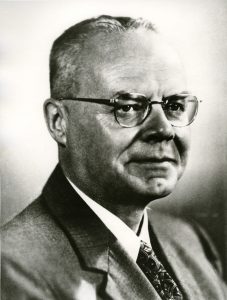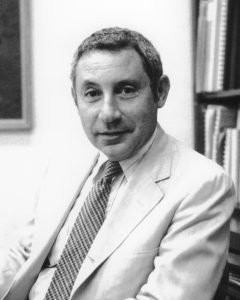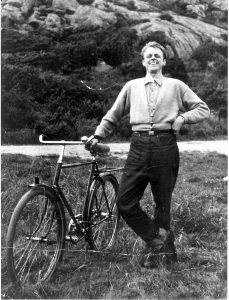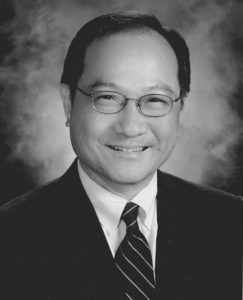Otto Struve was the first Director of the NRAO, taking office on July 1, 1959. Before coming to Green Bank, West Virginia, Struve was an eminent scientist at the Yerkes Observatory Chicago. He founded the McDonald Observatory in Texas before moving to the University of California at Berkeley in 1950. He became interested in radio astronomy there, and was on the search committee for our first Director. Before resigning in 1962, he helped ensure the NRAO had a world-class telescope, the 300-foot, while the troublesome 140-foot (43-meter) telescope was still under construction.


Morton Roberts
Morton Roberts had a long association with the NRAO, starting in 1964 when he joined the Green Bank staff in West Virginia. He moved to Charlottesville, Virginia when offices opened there in 1966. In 1969, Roberts was appointed Assistant Director of Green Bank, and moved his family back to West Virginia. In 1970, he stepped down, and was a Senior Scientist studying the structures of galaxies using the 300-foot and 140-foot (43-meter) telescopes. In 1978 Roberts became the Director of NRAO, a position he held until September of 1984.

John Findlay
John Wilson Findlay joined the NRAO staff in the Electronics Division in 1956 as employee number five. He later served as Deputy Director and as Assistant Director in Green Bank. He planned and supervised the design and fabrication of the 300-foot telescope and the 36-foot telescope on Kitt Peak. He led the technical group that designed and constructed the 28 Very Large Array (VLA) antennas. One of Findlay’s best-known research contributions to astronomy was his effort over a long period of time to establish an absolute calibration at 21 cm, for which he constructed in Green Bank the Calibration Horn Antenna, known as Little Big Horn. Findlay was involved in the international effort to protect radio astronomy frequencies from interference.

Hein Hvatum
Hein Hvatum was born in Norway and educated in engineering in Sweden. He came to Green Bank in 1958 as one of our many early research scientists who visited for observing projects. He was hired as staff in 1961 and within the year had become the head of electronics. Hvatum later moved to the Charlottesville, Virginia offices where he headed up development of the 36-foot millimeter-wave telescope on Kitt Peak in Arizona. He served as the NRAO Acting Director in 1984 between Mort Roberts and Paul Vanden Bout. Hvatum led the Very Long Baseline Array (VLBA) project before retiring in 1987. He frequently enjoyed the challenging 120-mile bicycle journey from Charlottesville to Green Bank.

Green Bank Telescope
The Green Bank Telescope is the world’s largest, fully-steerable telescope. The GBT’s dish is 100-meters by 110-meters in size, covering 2.3 acres of space.

Fred K. Y. Lo
Fred K. Y. Lo was Director of the NRAO from September, 2002 until May of 2012. The successful construction phase of the international ALMA project was the primary focus of his directorship, and he recruited scientists for the North American ALMA Science Center in Charlottesville, Virginia. During his directorship, the anticipated major upgrade to the Very Large Array was completed, including its re-dedication as the Karl G. Jansky VLA. The Very Long Baseline Array (VLBA) got a new correlator and receivers, and the Green Bank Telescope (GBT) came into its own.





